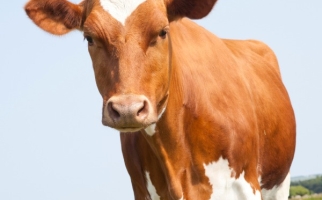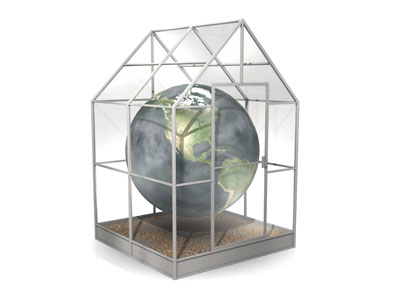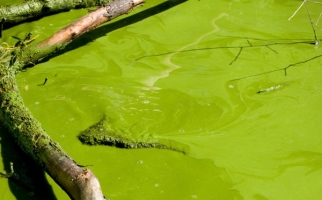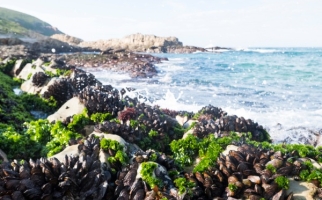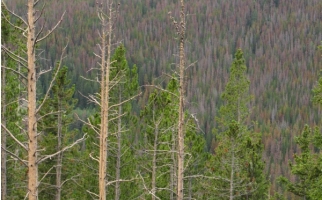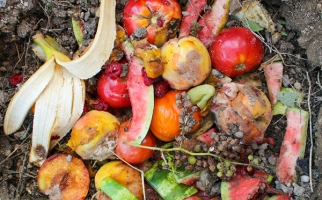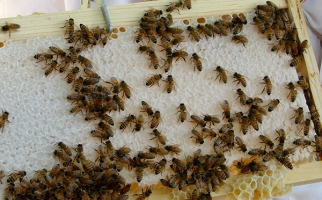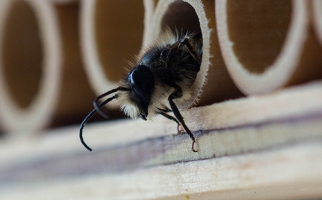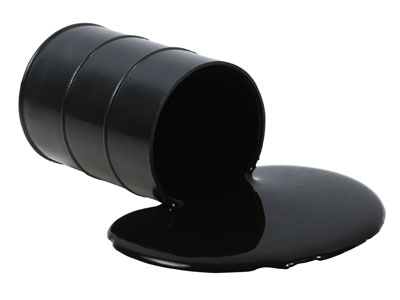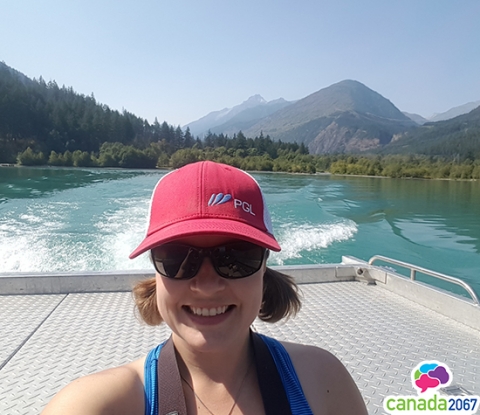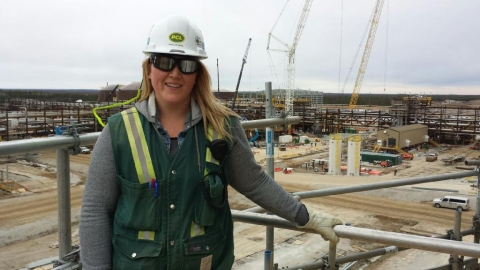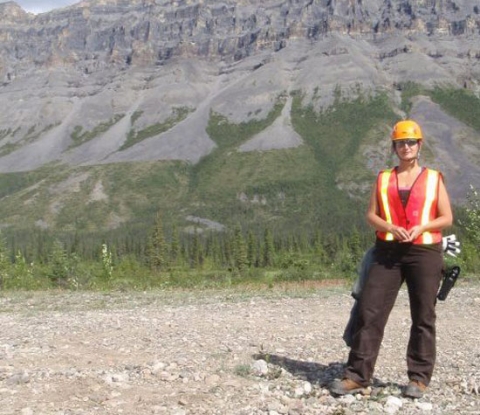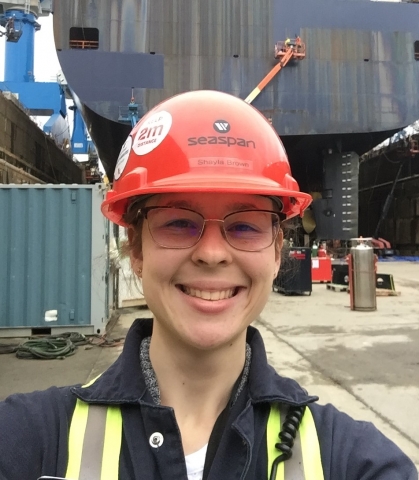
Resources on the Environment

Image of a river running through a Boreal forest in Quebec (Onfokus, iStockphoto)

Image of a river running through a Boreal forest in Quebec (Onfokus, iStockphoto)
How does this align with my curriculum?
Curriculum Alignment
NS
7
Science Grade 7 (2020)
Learners will analyse the interconnectiveness of living things and the environment, in relation to the concept of Netukulimk.
ON
11
Environmental Science, Grade 11, Workplace (SVN3E)
Strand E: Natural Resource science and Management
AB
10
Knowledge and Employability Science 10-4 (2006)
Unit D: Investigating Matter and Energy in Environmental Systems
AB
10
Science 14 (2003, Updated 2014)
Unit D: Investigating Matter and Energy in Environmental Systems
BC
11
Environmental Science 11 (June 2018)
Big Idea: Changing ecosystems are maintained by natural processes.
NU
10
Knowledge and Employability Science 10-4 (2006)
Unit D: Investigating Matter and Energy in Environmental Systems
NU
10
Science 14 (2003, Updated 2014)
Unit D: Investigating Matter and Energy in Environmental Systems
YT
11
Environmental Science 11 (British Columbia, June 2018)
Big Idea: Changing ecosystems are maintained by natural processes.
NT
10
Knowledge and Employability Science 10-4 (Alberta, 2006)
Unit D: Investigating Matter and Energy in Environmental Systems
NT
10
Science 14 (Alberta, 2003, Updated 2014)
Unit D: Investigating Matter and Energy in Environmental Systems
AB
6
Science 6 (2023)
Living Systems: Understandings of the living world, Earth, and space are deepened by investigating natural systems and their interactions.
AB
8
Knowledge and Employability Science 8, 9 (revised 2009)
Unit E: Freshwater and Saltwater Systems
BC
11
Science for Citizens 11 (June 2018)
Big Idea: Scientific understanding enables humans to respond and adapt to changes locally and globally.
BC
12
Environmental Science 12 (June 2018)
Big Idea: Human actions affect the quality of water and its ability to sustain life.
NS
7
Science Grade 7 (2020)
Learners will analyse particle theory in relation to substances in environments
NU
8
Knowledge and Employability Science 8 (Alberta, Revised 2009)
Unit E: Freshwater and Saltwater Systems
ON
11
Environmental Science, Grade 11, University/College (SVN3M)
Strand C: Human Health and the environment
YT
12
Environmental Science 12 (British Columbia, June 2018)
Big Idea: Human actions affect the quality of water and its ability to sustain life.
YT
11
Science for Citizens 11 (British Columbia, June 2018)
Big Idea: Scientific understanding enables humans to respond and adapt to changes locally and globally.
NT
8
Knowledge and Employability Science 8 (Alberta, Revised 2009)
Unit E: Freshwater and Saltwater Systems
ON
11
Environmental Science, Grade 11, University/College (SVN3M)
Strand B: Scientific solutions to Contemporary environmental Challenges

